A Desperate Run
Photo Series, Walking Conversation
Chişinău
- 2023
I spent some time walking, talking, and photographing in Chisinău in September 2023, and this got me thinking about how cities and national identities shift in constant reference to one another, like a dance in which everyone is the lead.
Chisinău struck me as a city whose identity is still being re-negotiated even after more than 30 years since the collapse of the Soviet Union, which occurred between 1989 and 1991. This became apparent to me in seeing the contrasting approaches to city planning in Chisinău (between socialist and capitalist ideologies to space-making), through observing the applications of written language in monuments and architecture (Cyrillic can still be found all over Chisinău despite Moldova officially switching from the Cyrillic to Latin alphabet shortly after gaining independence), and in the selection of obscure national and cultural symbols from Moldova’s medieval past to represent the country’s values in the present (references to Stefan cel Mare, who died in 1507 and is celebrated for having fought-off foreign invaders from all sides, can be found in countless statues, street and place names, as well as on Moldovan currency).
I was born in 1992 in the UK and learned about the Soviet Union through the pacifying lens of history. Yet, I often think about how the UK will change in the coming years (or even over the next 30 years) after having left the EU, and what lessons we might collectively glean from post-Soviet countries by observing the consequences and transformations wrought on a nation and people by such an immense geo-political process. How will British national identities be re-defined after parting ways with ‘mainland Europe'? How will our cities physically shift after we have become even further isolated? Perhaps, as with Moldova, we might see the odd buried symbol or forgotten historical figure from the past resurrected and used as a guiding principle for the future. And this is why keeping an active debate about the past is so important. To this topic, one of my walking companions in Chişinău, O, remarked that “no matter what happens to a country, plainly running away from our history is never the right option”.
A Desperate Run is a photography series with text based upon a walking conversation I had through Ciocana - a district of the city built in the 1960s to quickly accommodate Chişinău’s growing population at that time - with two Ciocana residents.
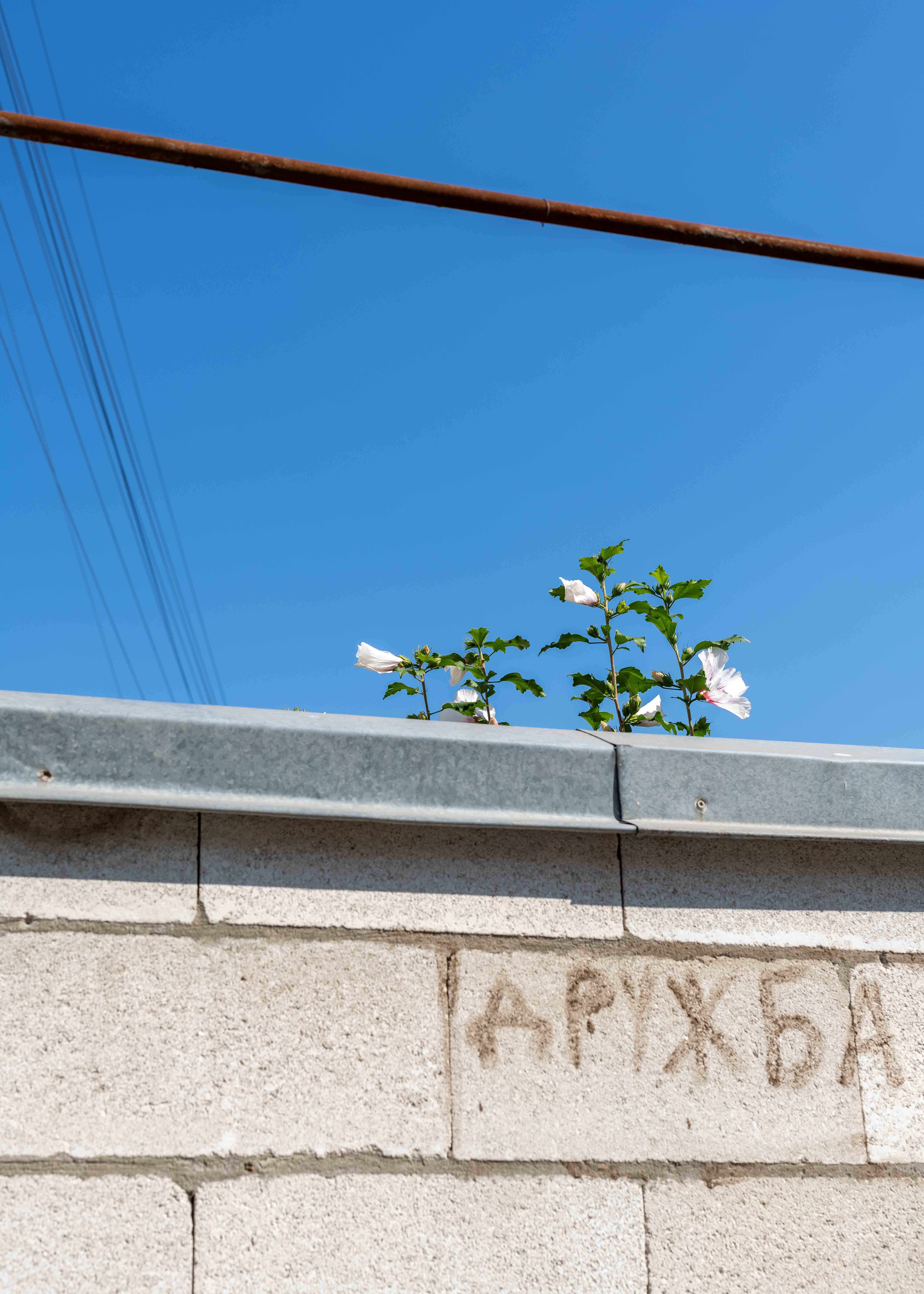
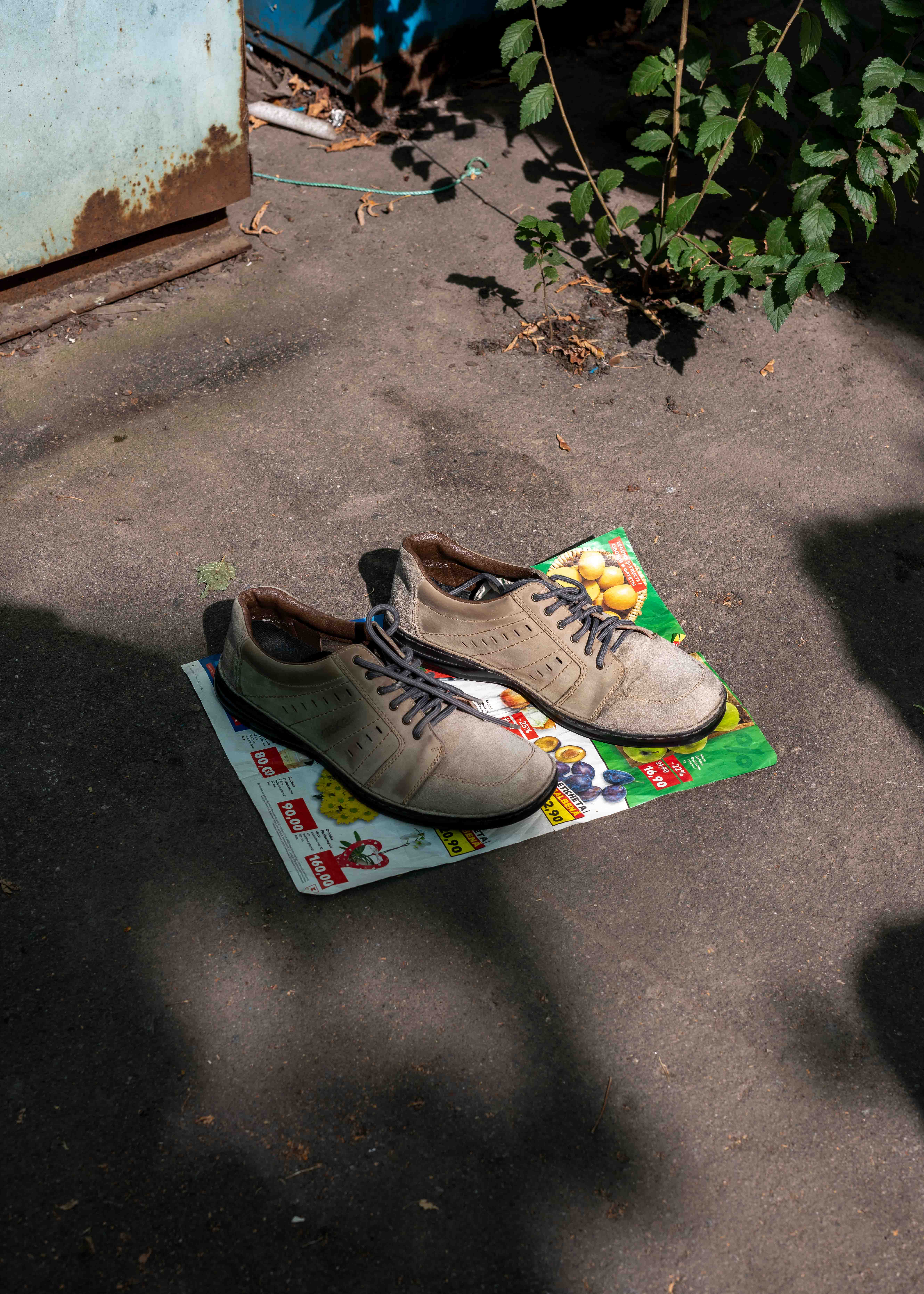
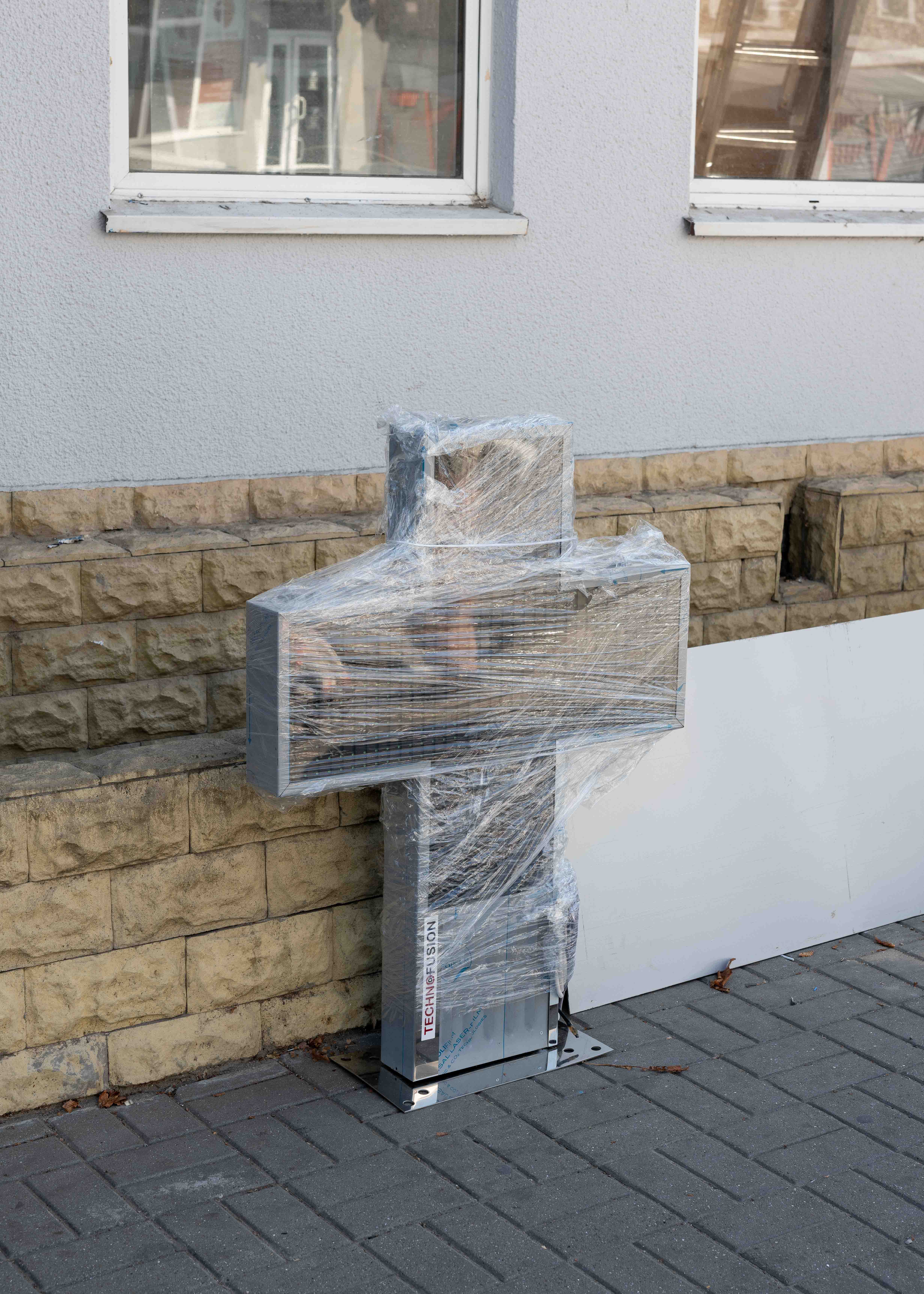
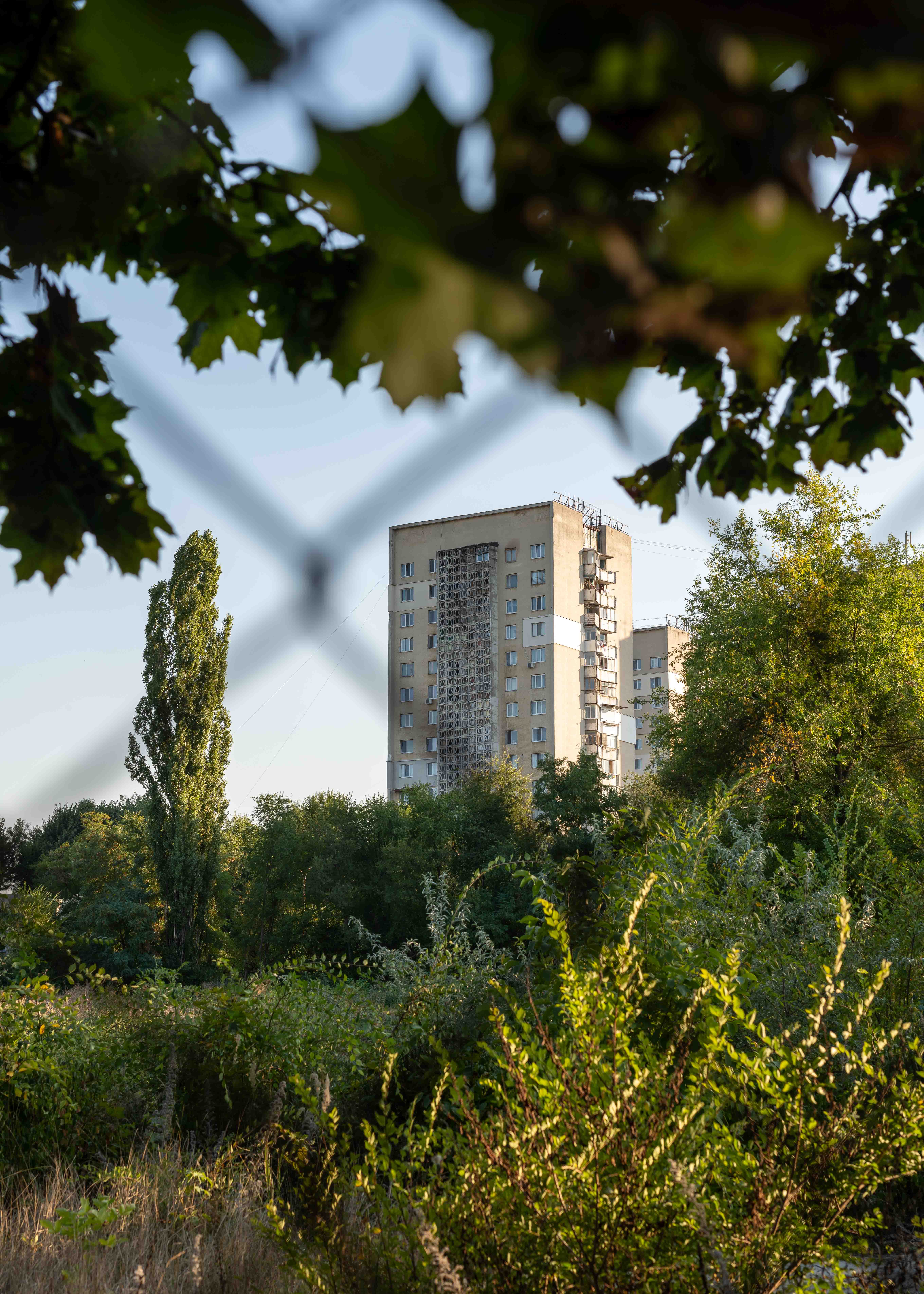

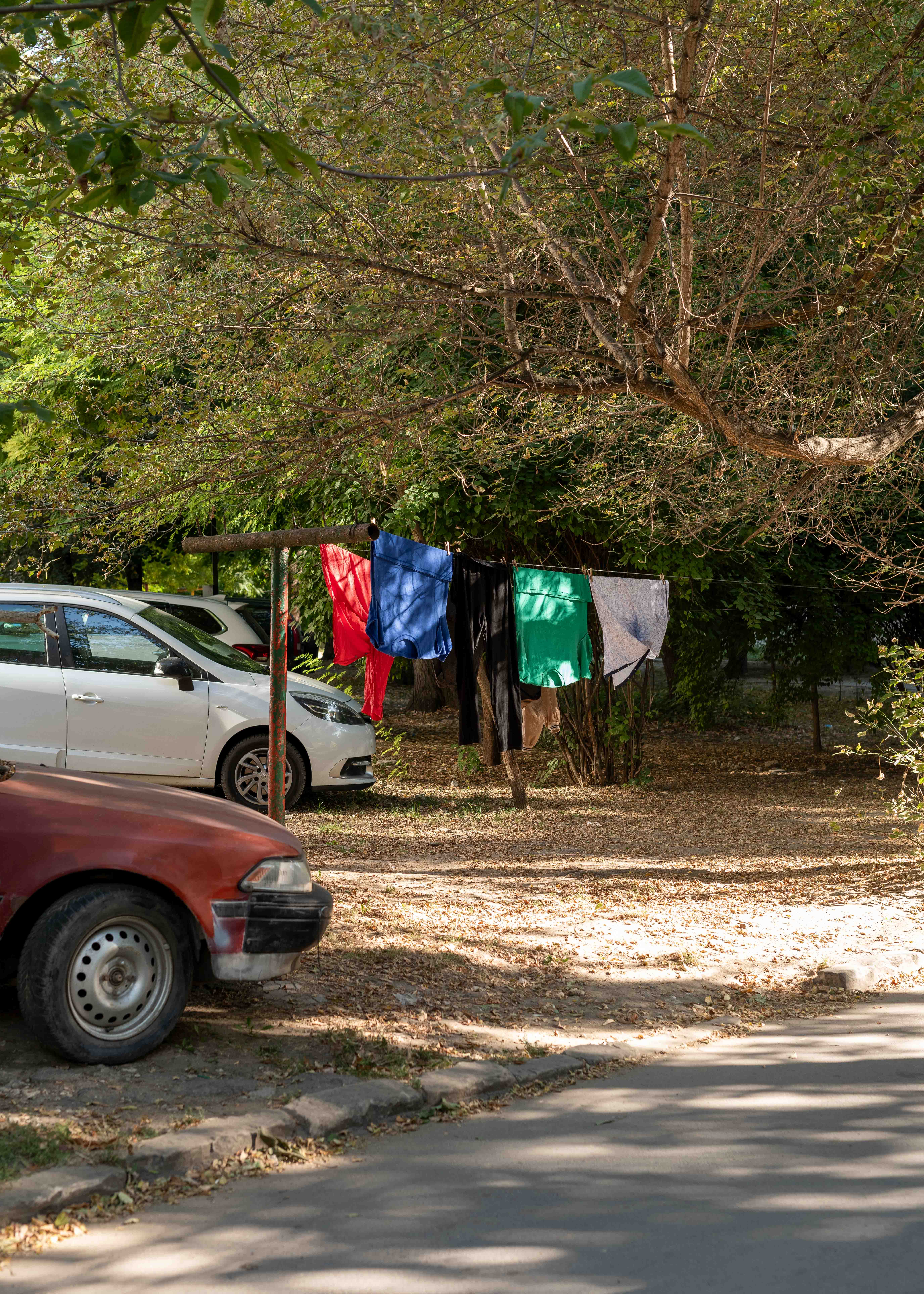
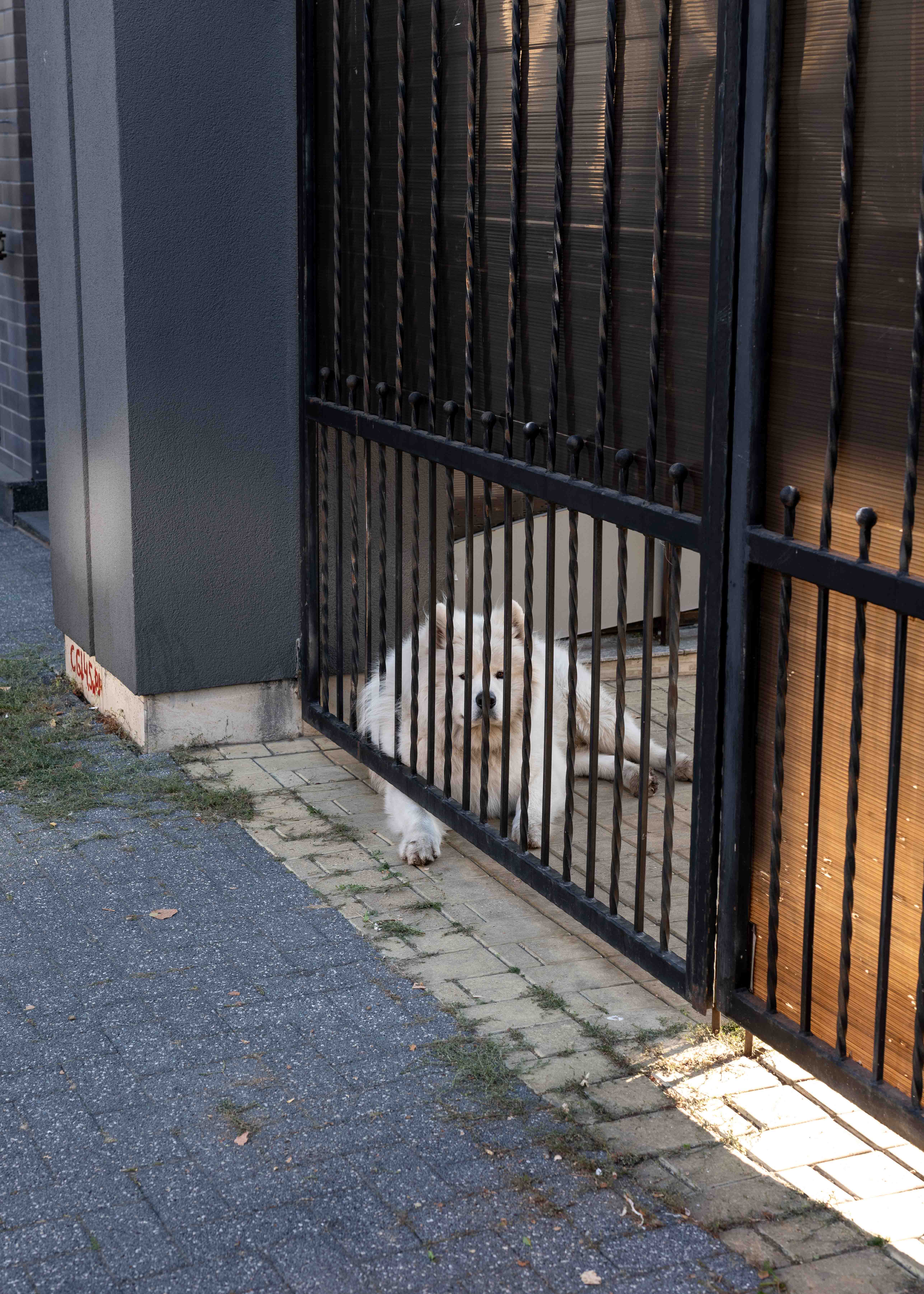

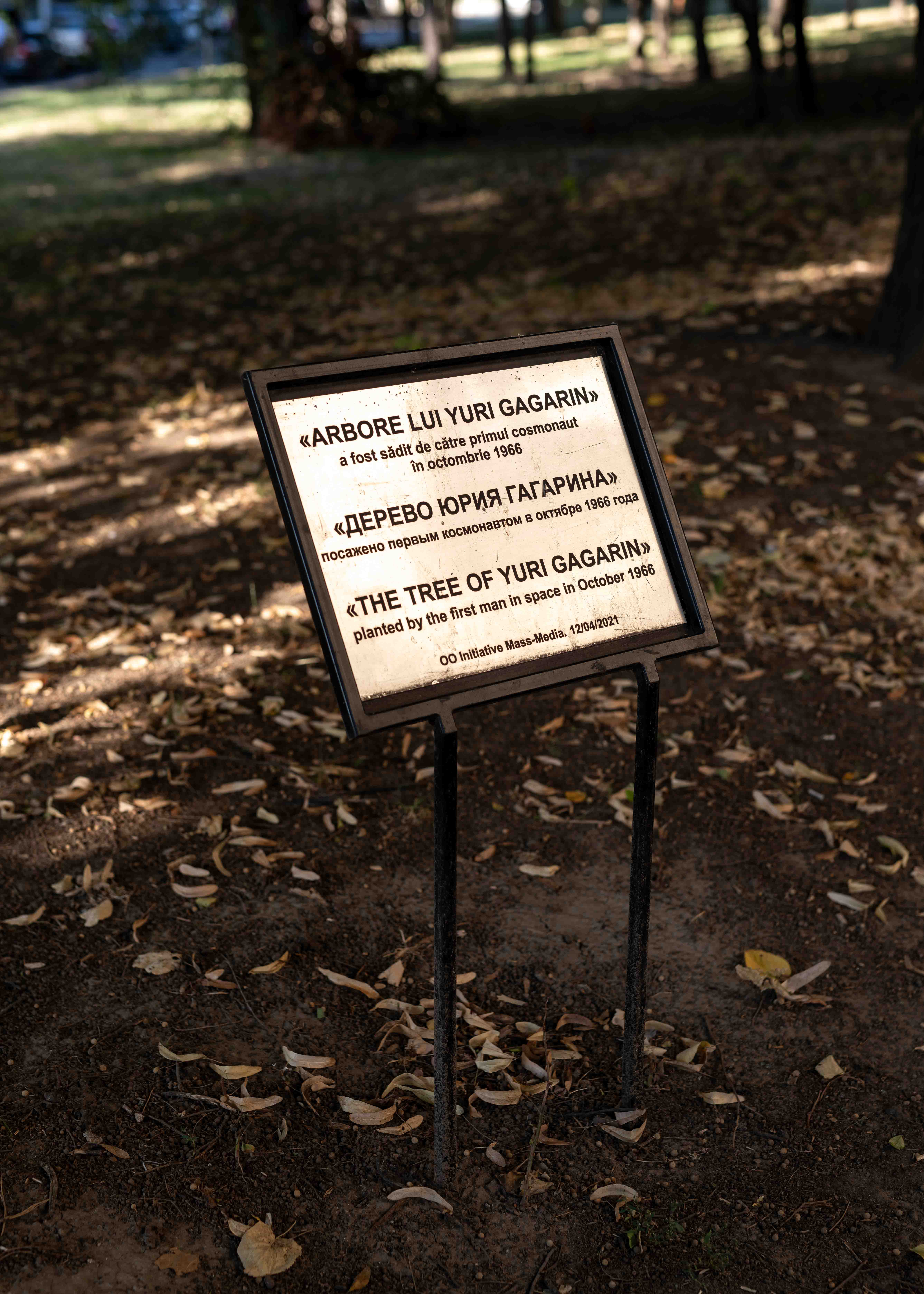

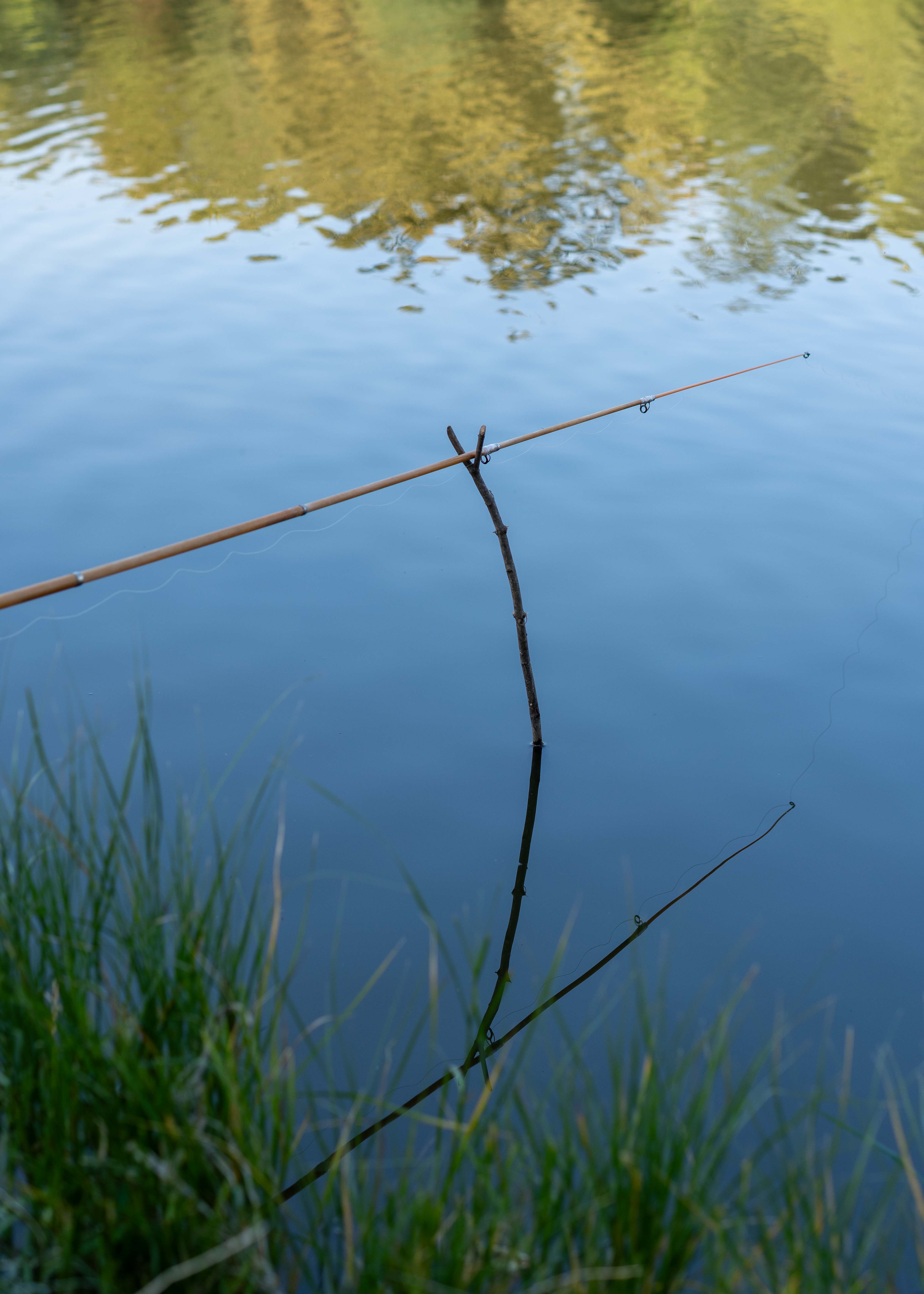
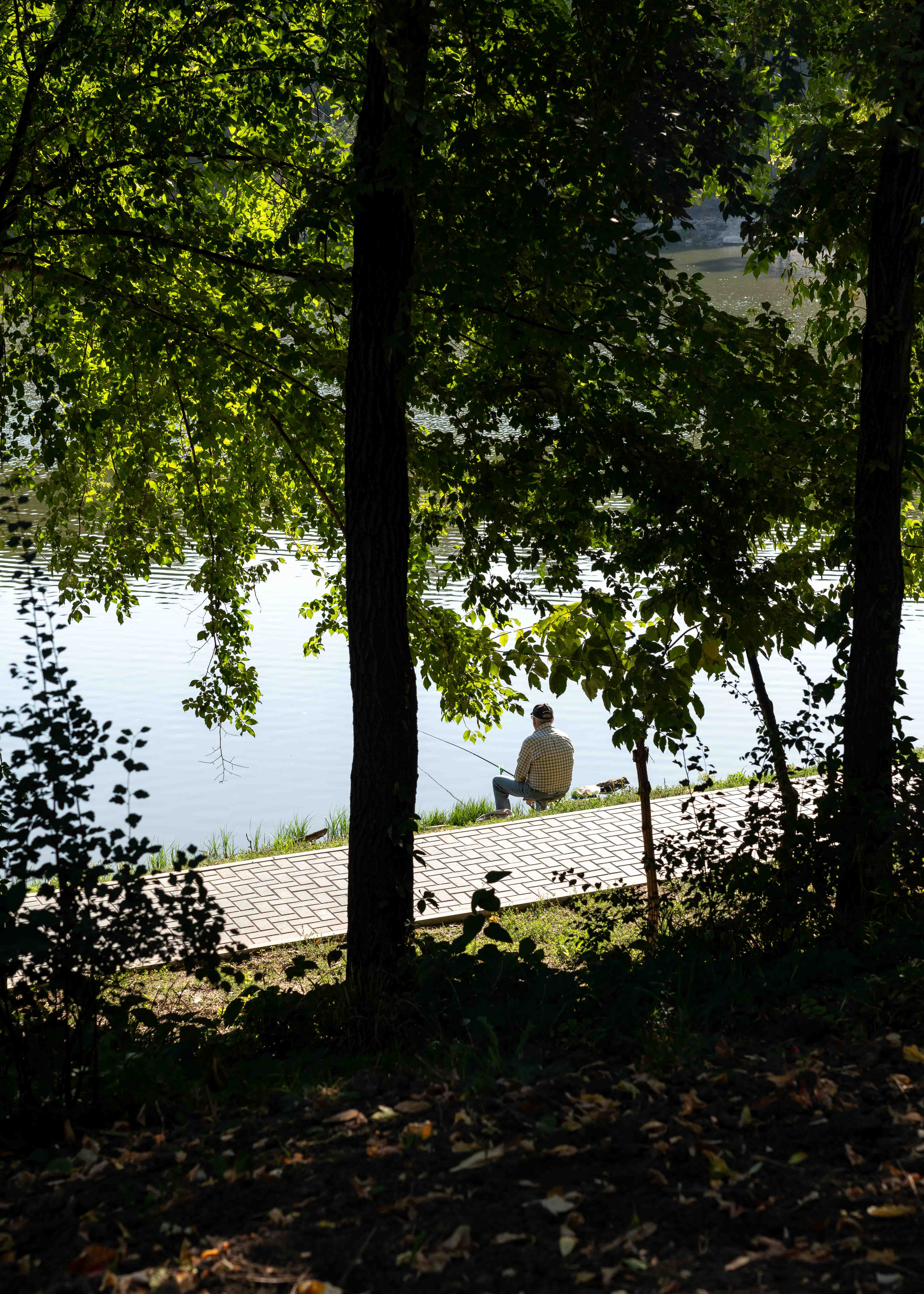
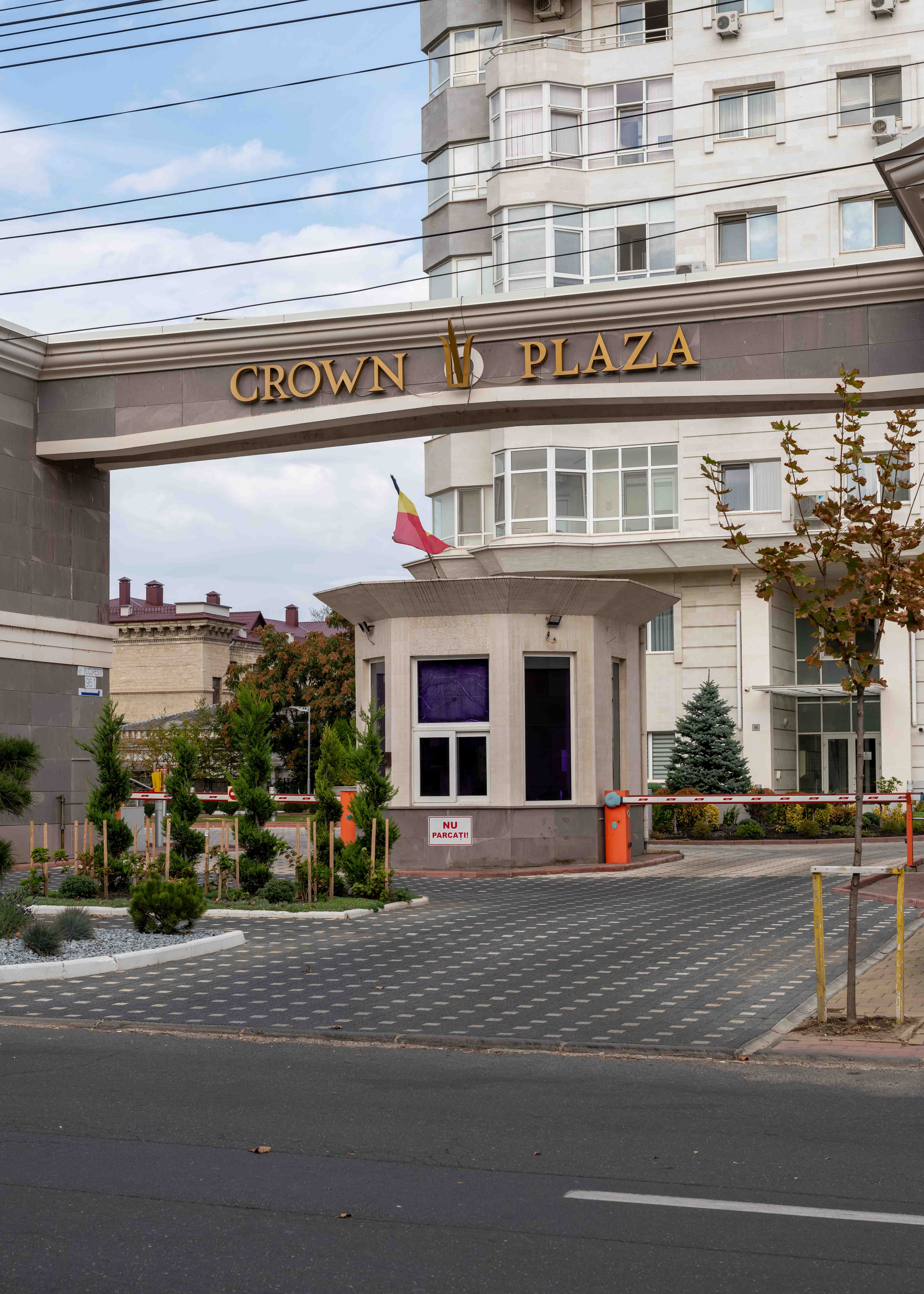
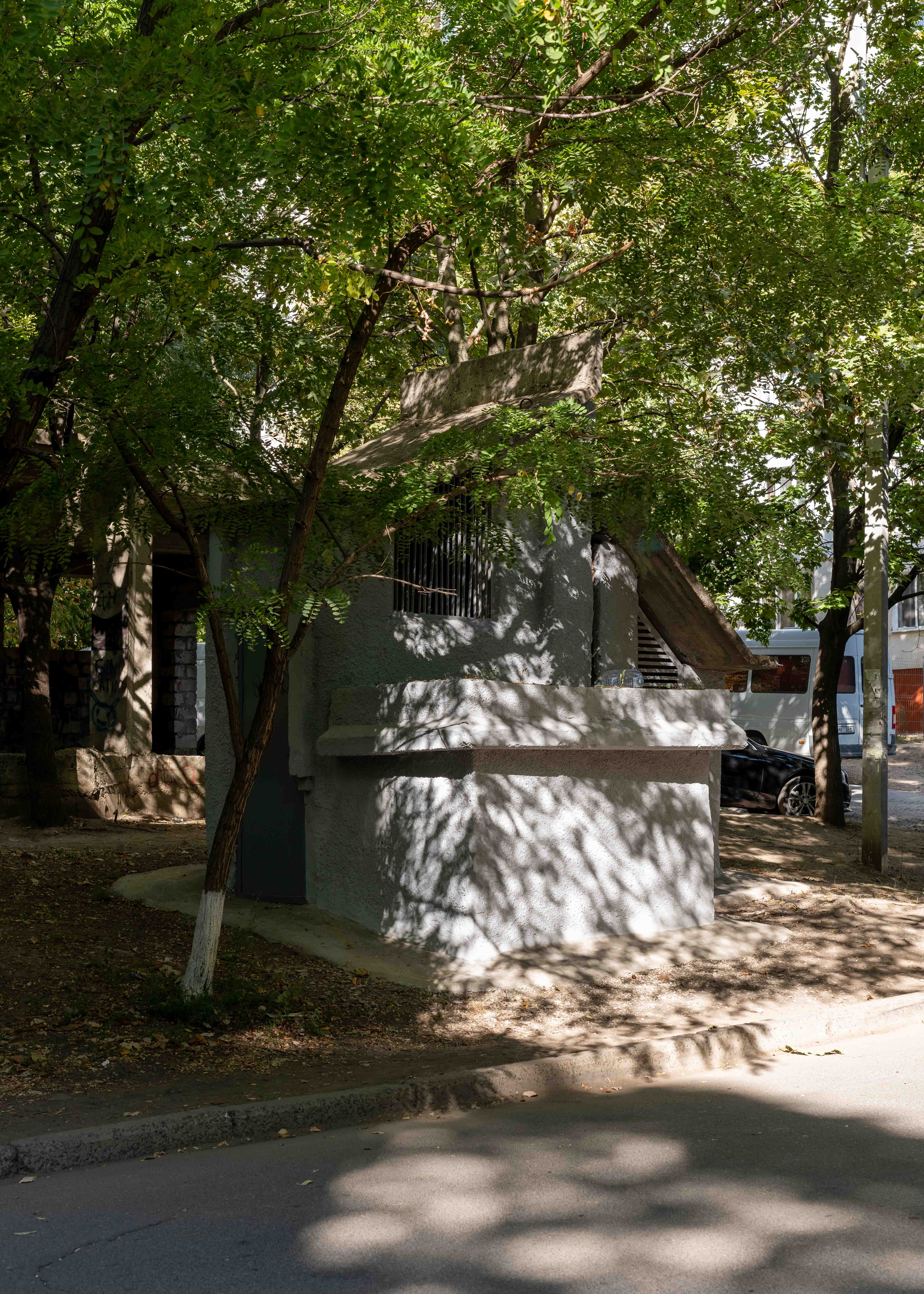
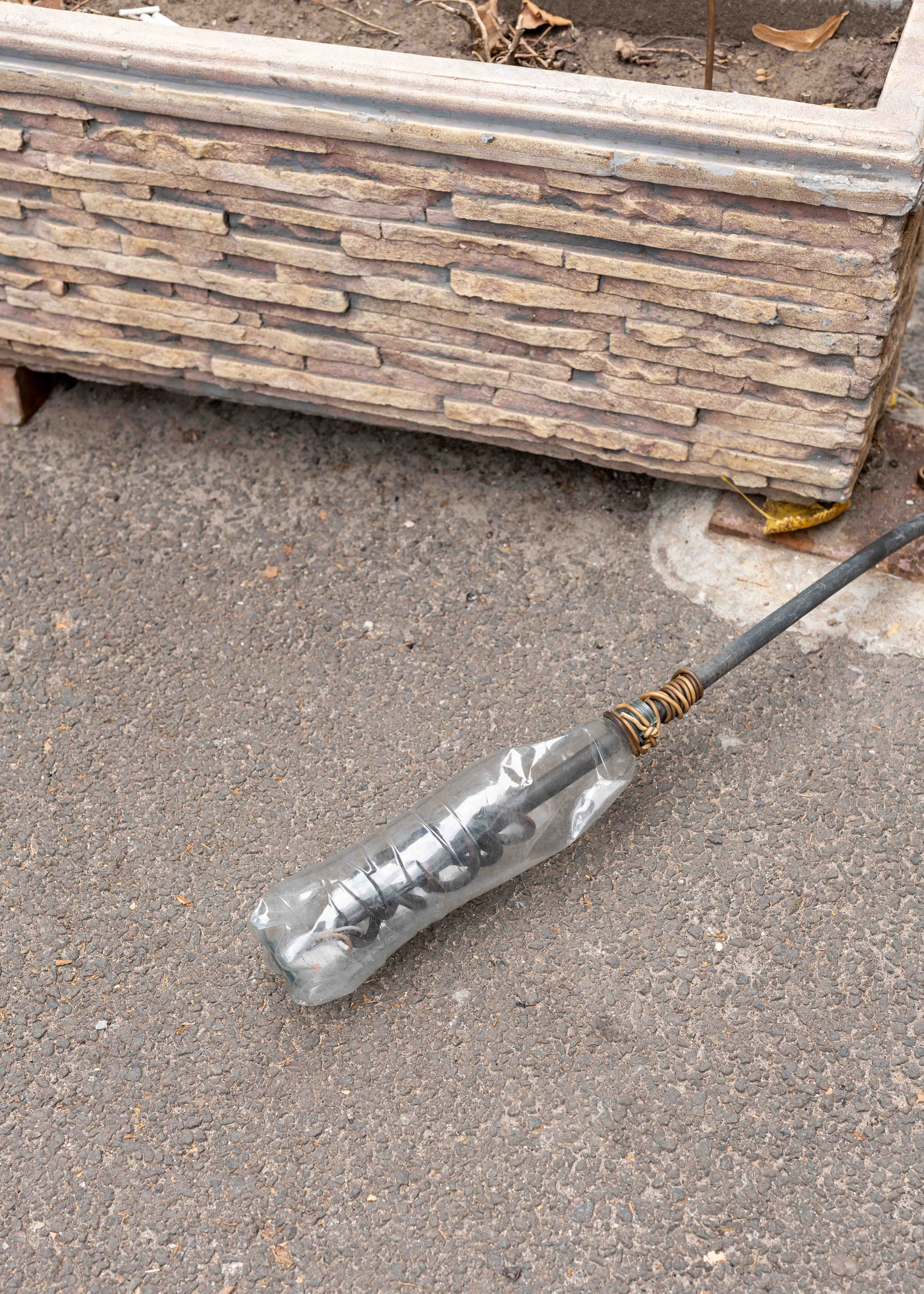
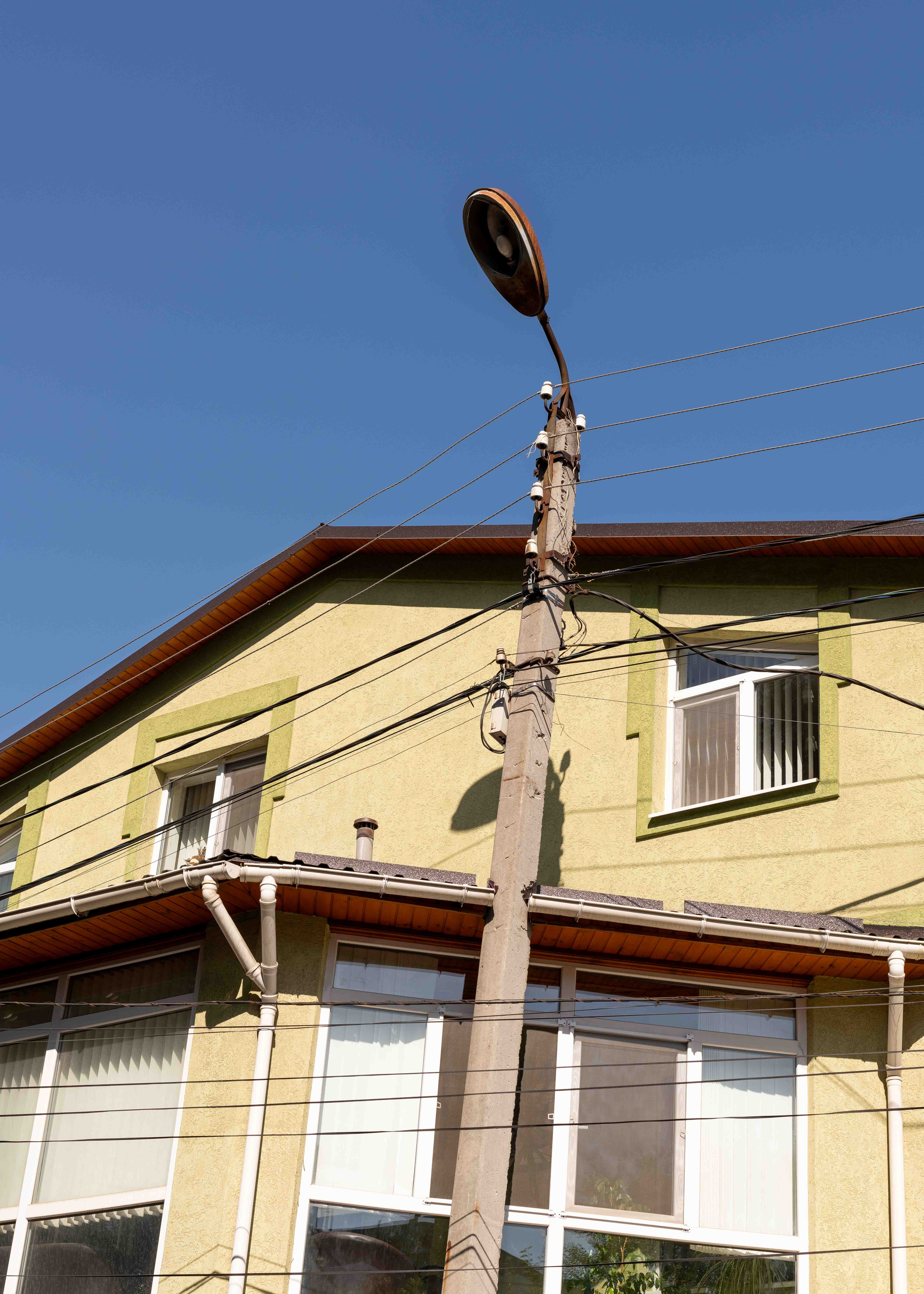
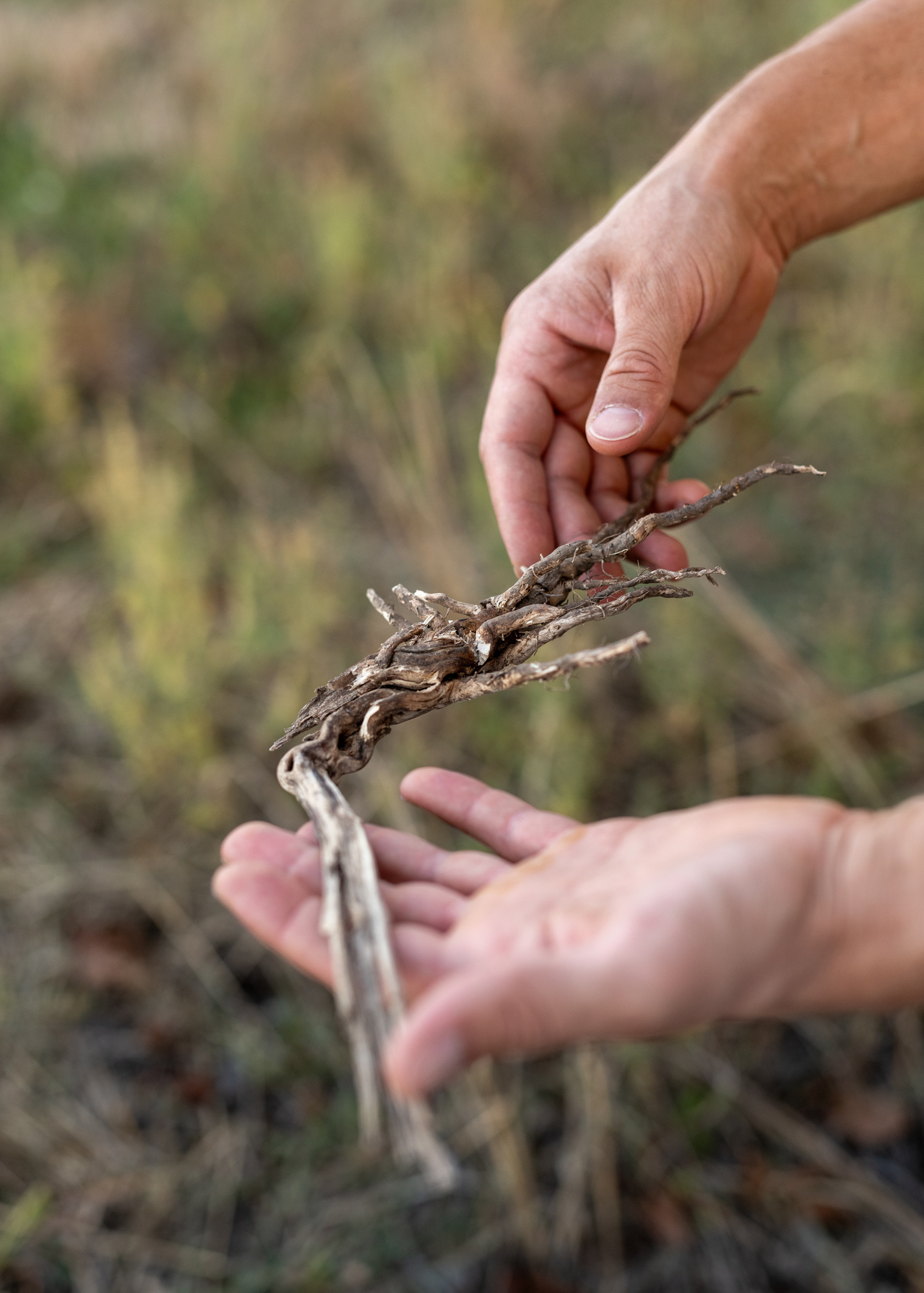
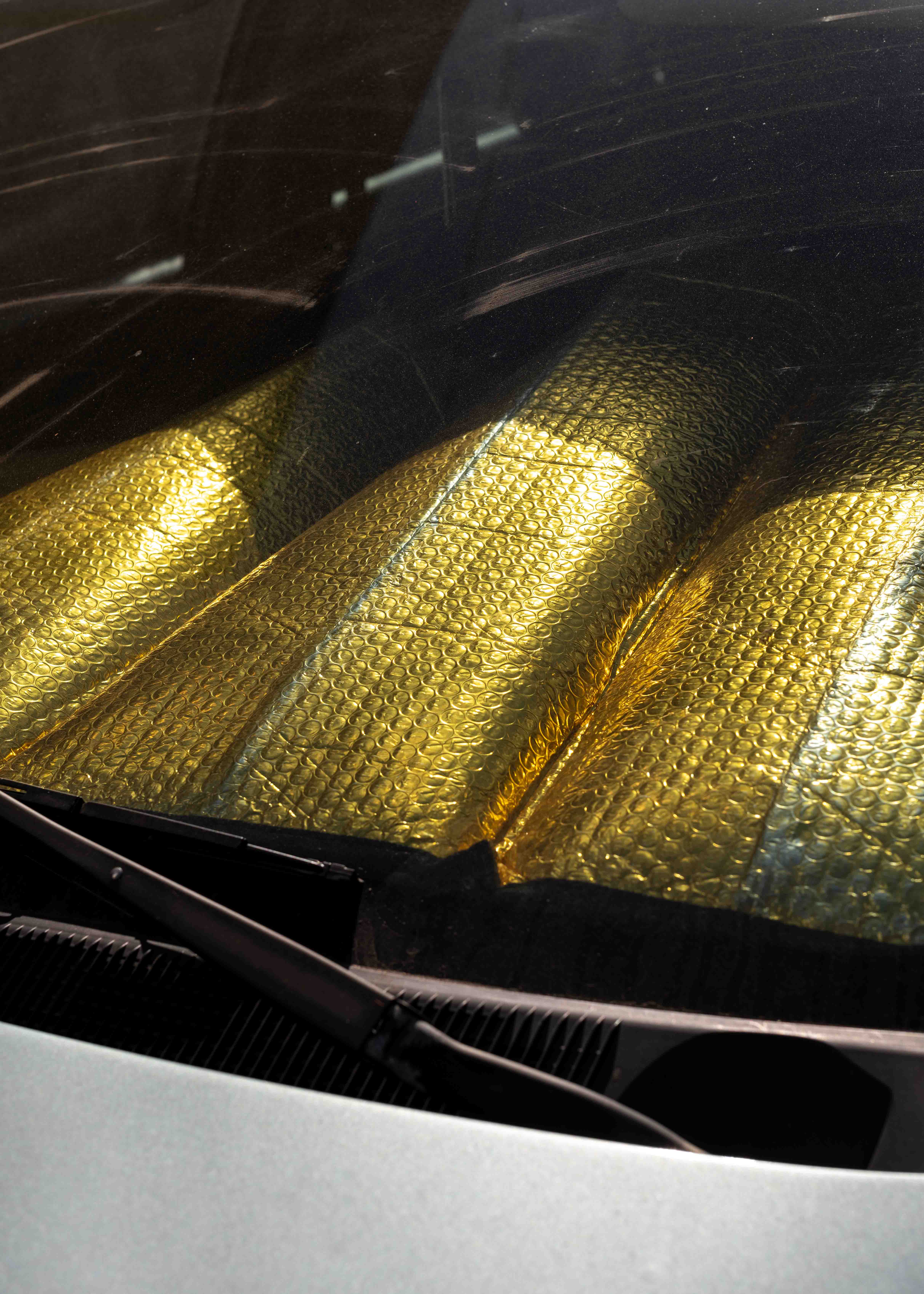

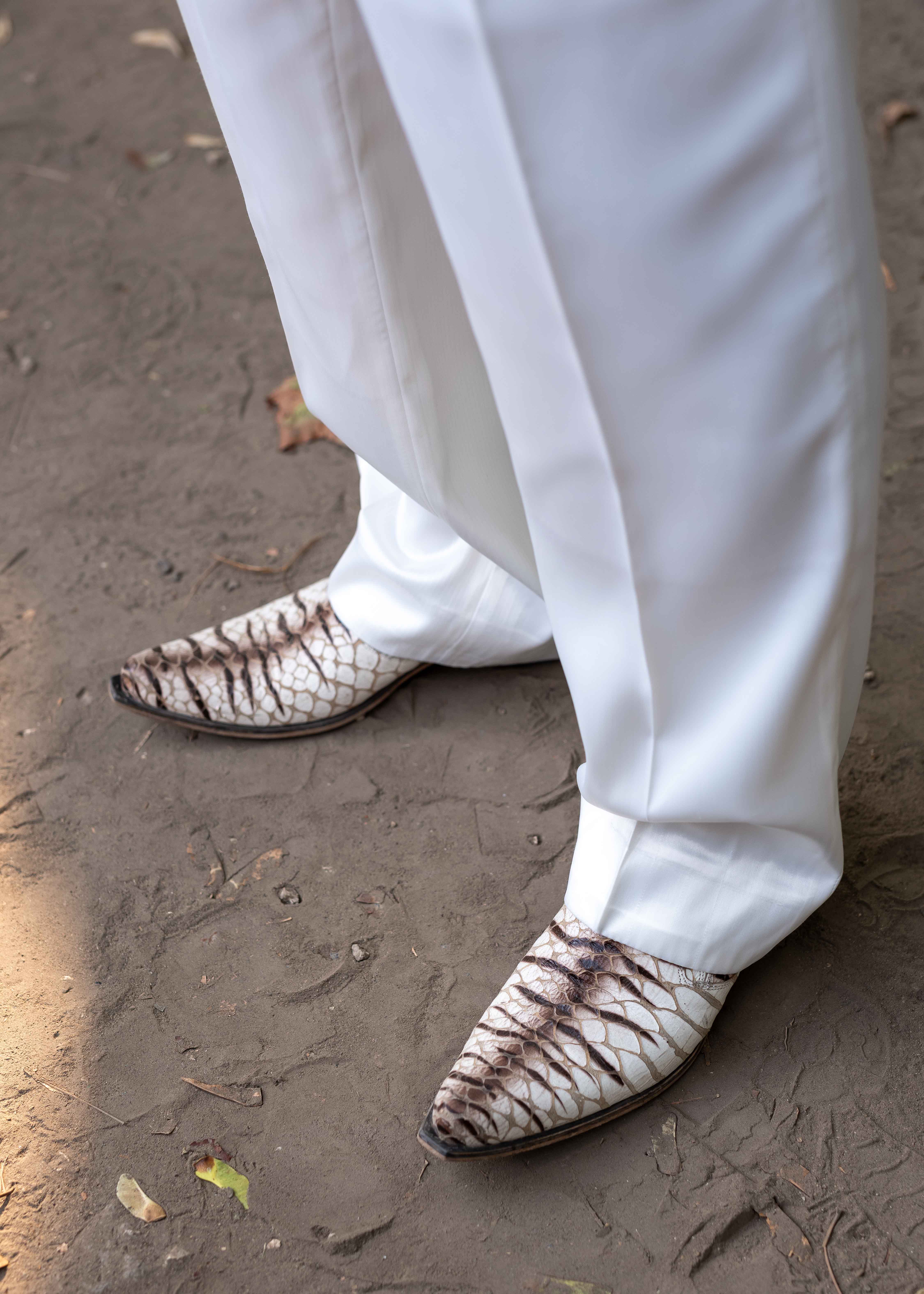

J – Is it normal for a school like this to have a park that’s open to the public?
O – Yeh this one is open. Fortunately, in Moldova, we don’t need to have the American approach to schools yet.
J – Which is what?
O – Which is guns. Like… actual people with guns in your school to protect you. That’s so weird.
I – But bullying still exists here.
O – Yeh, but it’s not against bullying, it’s against guns. They use guns against guns in America.
J – I suppose that gun laws are a little different here.
O – You can still have guns in Moldova. There are even a few gun markets in Chişinău. I was so surprised when I first saw them.
I – But you can’t just buy a gun yourself like that.
O – I guess you have to go to a psychologist first.
I – You have to go to some courses provided by the police or some legal entity.
O - They wana make sure you really shoot the person that you want to shoot, you know? That you’re really good at it.
I – When you have this paper, then one can buy a gun.
J – And someone could carry one around?
I – I think yes. We have a few acquaintances who have guns, but they don’t carry a gun with them. They carry it in their car, for example. I don’t know what’s the law in the States but, here, whenever a person shoots, they have to say about that because they count the bullets. Before buying them, they are counted or supervised. They have to tell where did they shoot, for what reason, and stuff like that. But it doesn’t mean that we don’t have crazy people here owning guns. I know that some people are trying to get the right to own a gun in order to go hunting in the forest, because we have a lot of forests here. And accidents happen in forests too, you know?
O – But hunting guns are not pistols. When people have pistols, it’s not for hunting. It’s just to have guns.
I – And most probably because they’re rich.
O – Yeh, because they have some weird connections probably that make them eligible to have one. We’ve only had one situation where we were with some people and then suddenly we were made aware that the new person we just met had a gun in his… purse.
I – We were talking about the LGBT community and then suddenly he showed a gun and we were like… yeh right, ok, very cool.
O – ... when your argument really sky rockets.
I – We can go now to see the mosaic.
J – Did you also grow up in Chişinău?
I – No, I’m actually from another city called Călăraşi. If you’ve seen the Cognac, this is where it’s from. And if you buy one, take the 5€ one because it’s the best. And it’s like, the most affordable. So, price-wise and quality-wise, it’s the best. But I’ve lived in Chişinău for the past 12 years, or 13, and for the past 7 I’m in Ciocana. I didn’t really like it at first. I used to live mostly in the city centre, but I guess that the people who live in the city centre have their houses too accessible for the people they know and I was offered this opportunity to take care of an apartment here and I was like, yeh sure. Let’s do it. Let’s try it out. And we will go to the building that I live in. I live on the 15th floor and we can go to the covered balcony, and we can see the view.
The mosaic is there!
J – There are two – I saw one on the other side.
O – There’s also one there. But this one I like even more.
J – Ciocana feels to me more genuine - I don’t know, more realistic somehow - than the centre which, to me, feels a little plastic. Like there’s a veneer of it trying to present an identity that doesn’t exist.
I – I don’t know if it suits - the image that the city centre has now – I don’t know if it’s suitable for Chişinău. I’m not sure how to say this but… I liked the city centre more 10 years ago than now. But right now it’s not bad either, to go through the streets and visit certain stuff. At least it’s cleaner now, and many of the buildings that were under construction for years – for like 15 years or something – finally finished. And some parts of the city look more polished than they used to be, because they have to correspond to this image of a European capital, you know?
O – We’ve had a few mosaics that were sadly erased from the city, also, because people don’t see that much value in them. And we had a gigantic one that had very Kandinsky vibes, which was just erased because the university wanted to insulate the place better, and they didn’t make it on the inside but on the outside, on top of the mosaic. Incredibly stupid.
I – And they actually painted over it with graffiti made by a local artist, which was good. The graffiti itself was good…
O – It was ok.
I – But not suitable for the university’s image.
J – Is this the state university in the middle of the city?
O – The technical university – the one that I attended.
J – You didn’t go this school here though, right?
O – No.
J – But another one close by, I guess?
O – Yeh, I was living a bit far from here. I came here for extra classes in art… because I was an artsy boy. There are a lot of spaces like this that were made for another time, where the demographic, I think, was bigger and there was no such use for big spaces and they had to combine different functionalities inside of it, so this would work as a school, as a creative centre for kids, for different kinds of circles… like dances, learning music, stuff like that.
And there is the second one. It kinda completes the composition.
J – Do you feel like this removal of murals – maybe like this one, in this Social Realism style – was part of a de-Sovietising process?
O – I would think about it as a... like a desperate run. You know? Not a conscious one, just a desperate one, I would say, because, and this is only my opinion, no matter what happens to a country, plainly running away from our history is never the right option, I think. It will not give you anything good, at least.
J – To erase it?
O – Yeh. Because, by erasing your own history, I think, you are even more prone to delve into a completely new identity which will, very likely, have a nationalistic character to it. Like a new wave of… “this is what defines us” and “this is why we are better than others”, by conclusion. You know? And I think that’s dangerous. I think we should always keep a debate – an actual perception of what our different histories were and how they interacted to come to what we are today.
J – But I suppose there are limitations to that, you know. It depends on what the history is and how it is represented.
O – Of course!
J – For example, in the case of Germany, a lot of the symbols and ideologies of National Socialism…
O – Well, when you are the aggressors especially, of course...
I, you want to stop here?
I – Yeh, just quickly. Maybe you’ve seen constructions like this one. This is the entrance to old bunkers that existed in Chişinău. I mean, they still exist but they are not functional and some of them are filled with water. But there are legends that the bunkers – many of them were built in Ciocana and in another sector called Rîșcani – have connections between them that can be a few kilometres long through the city. Some bunkers might unite, like in the botanical sector, which is far – like to the airport – and here, for example.
O – This was the nuclear emergency response that was prepared in that time.
I – … to all the threats that were coming.
J – During the ‘Cold War’?
O – Yeh, right,
I – And we have many of them specifically in the sleeping area, because it’s like a sleeping area and Ciocana was hosting a lot of people here. You will see entrances like this again.
O – But, you know, even fascist Germany didn’t disappear from Berlin. They didn’t cover the wall. They purposefully show it, because they want it to be shown. They want even a bad moment to be remembered. You know what I mean?
J – I totally agree with you on this.
O – There’s Checkpoint Charlie...
J – Sure, but these are signs of the occupation of Berlin, not necessarily of the war itself or of Nazi ideology. Not the things that were put in place by the Nazis that would promote their ideology.
O – These guys look so funny. What the fuck – what are they doing? Why are they dressed like they’re soldiers?
J – I’ve seen them a lot. But they’re also just wearing Nike trainers.
O – Yeh! Like, obviously they’re just some dudes who are gonna go and drink some cheap booze around the corner in two minutes. But they’re in their soldier’s uniform.
J – What we were just talking about reminds me of George Orwell’s 1984, when all of the information that people are given suddenly shifts. One day, the posters and imagery are saying “we are fighting a war against Oceania” and then the next day everything has changed because the enemy has changed. And all of the signs now say “we have always been at war with this new enemy, we have never been at war with Oceania”.
I.e. An erasure of history.
O – I get the point that Orwell was trying to make but, with time, for me, it has been hard to take Orwell seriously. At one point he was my favourite author, and then I found out a lot about him. You know that he was like a spy for the UK? And the things that he says are bad to do... he was doing. He was the exact thing that he was criticising in his literature. But he was actually telling stuff to the UK government in order to lock up people. So, while I like some aspects of his works, I take everything he made with a grain of salt.
These are the kind of Butkas that are still surviving for a little bit. We had so many Foto Butkas before.
J – How would you describe a Butka?
O – Like a small kiosk, but with minimum materials. Like a few iron bars and then plastic around to wrap it.
J – Like a little cube.
O – Yeh, there used to be one right here. And they’re kinda going away because there are big markets opening everywhere.
O – It’s funny… I used to live in a building which is exactly like this one here, but at the end of the alley. Like an exact copy of this building, basically. And this son of a bitch of a big elevator wouldn’t feel me. When I was little, I didn’t have the weight for it to feel me. Like, it would say, “no, doesn’t feel like a human to me”. It had a weight limit that you had to bypass, and I would be just a little kid asking people “can you please bring me to the 15th floor? Because this one doesn’t really feel me”. Some of the adults were like “no”. What? Bitch, is it so hard for you?
J - I’ve seen some people putting carpets over these metal things. Is that what they’re for?
O - Yeh. These here are for the clothes - if they have the wires. On these also you can do excercises. And these would be for the kids or for carpets.
J – Do they have Christmas lights up the entire year?
O – Ahh yeh, they leave it.
J – They just turn them on in the winter?
O – Yeh yeh yeh, lately it’s been like this.
J – Funny. Lately like... years?
O – A few years, yeh.
J – I mean, it saves costs, I suppose. But somehow it makes the lights less special.
O – It does! I think so, too. You’re not supposed to see them all year round.
J – It’s almost like you’re then waiting and counting down.
O – Yeh, in spring you’re already like… “ah, there will be a winter”.
Editions:
- Dimensions (HxWxD): 100 × 70 × 5 cm, 70 x 50 x 5 cm
- Materials: Archival Pigment Print (Giclée), Hahnenmühle Pearl
- Frame: Tray Frame, Plywood Moulding
- Primary Medium: Photography
- Edition of: 10